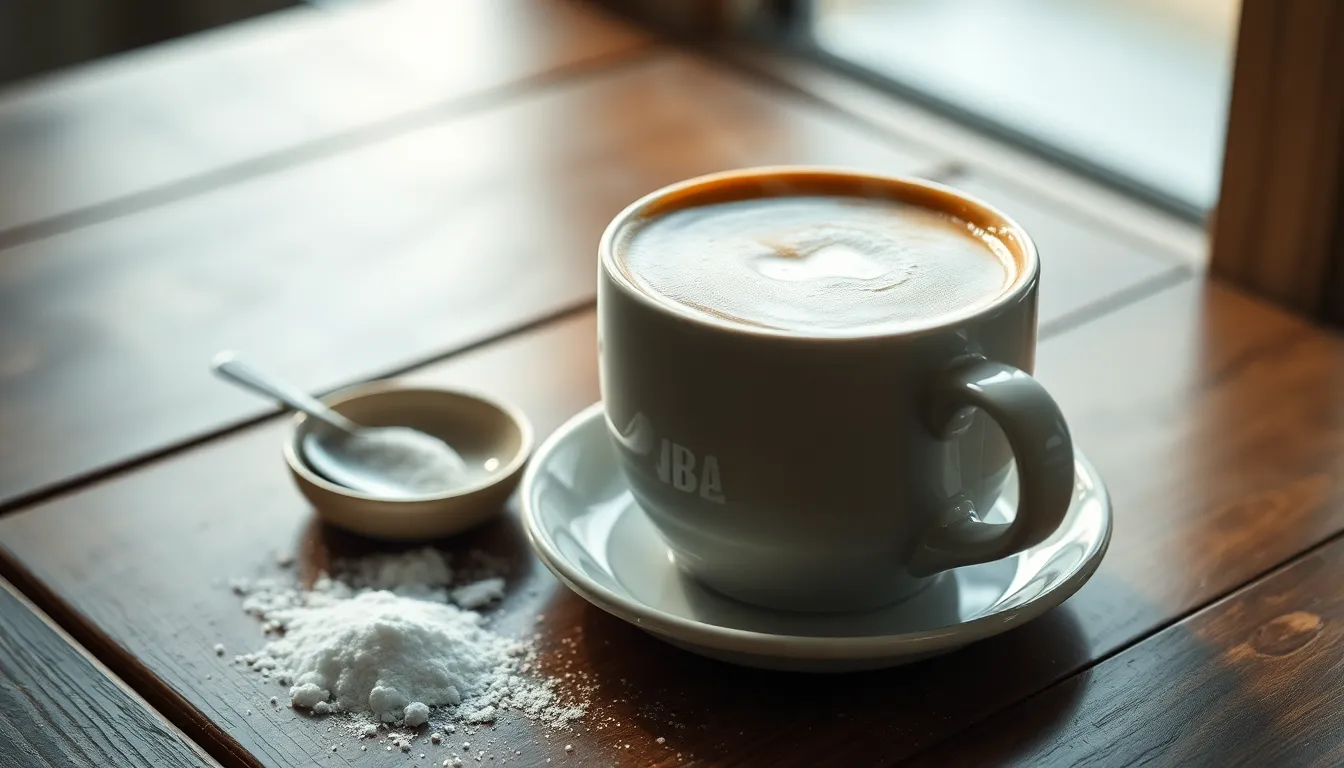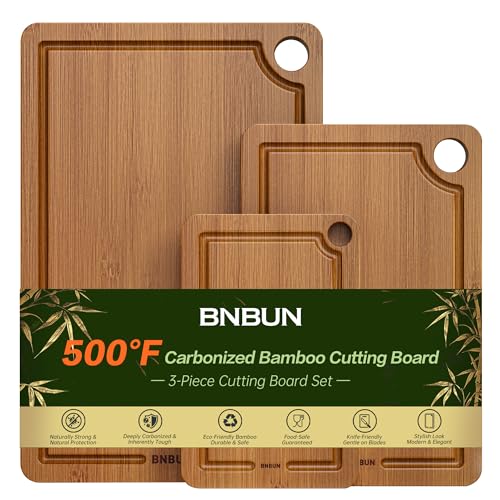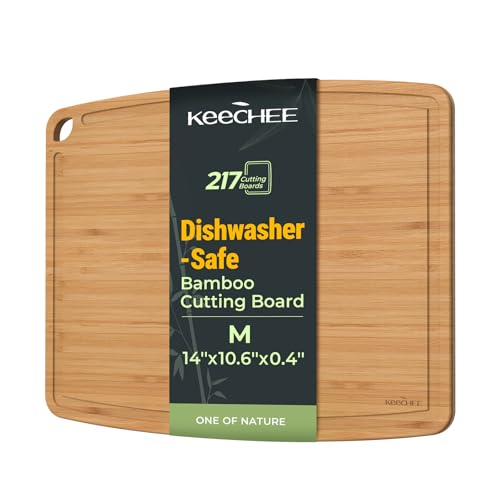Can you use powdered sugar in coffee? It’s a question that might cross your mind when you’re out of regular sugar but still craving that sweet morning boost. Whether you’re in a pinch or simply curious about trying something new, this alternative sweetener option deserves consideration.
Powdered sugar, also known as confectioner’s sugar, differs from granulated sugar in texture and composition. While it dissolves more quickly due to its fine consistency, it also contains cornstarch as an anti-caking agent. This slight difference can affect both the taste and texture of your coffee experience. Let’s explore whether this pantry staple can be a suitable substitute for your daily brew.
What Is Powdered Sugar and How Is It Different From Regular Sugar
Powdered sugar, also known as confectioner’s sugar or icing sugar, is a finely ground form of granulated sugar that’s been pulverized into a smooth powder. This specialized sugar has unique properties that distinguish it from regular granulated sugar, affecting how it behaves when added to beverages like coffee.
The Composition of Powdered Sugar
Powdered sugar consists of granulated sugar that’s been ground to an ultra-fine consistency and mixed with a small percentage of anti-caking agent. Most commercial powdered sugar contains approximately 97% sugar and 3% cornstarch, which prevents clumping and maintains its powdery texture. The cornstarch component is particularly important to consider when using powdered sugar in beverages. Some premium brands offer cornstarch-free versions or use alternative anti-caking agents like tricalcium phosphate. The manufacturing process involves pulverizing regular sugar in industrial grinders until it reaches a exact fineness, typically labeled as 10X for standard powdered sugar sold in grocery stores.
The Taste and Texture Differences
Powdered sugar dissolves almost instantly in liquids due to its fine particle size, unlike granulated sugar which takes time to break down. This rapid dissolution can be convenient when stirring into coffee, eliminating the gritty sensation sometimes experienced with regular sugar. Taste-wise, powdered sugar has a slightly different flavor profile compared to granulated sugar. The cornstarch content contributes a subtle starchy taste that some coffee drinkers notice, particularly in lighter roasts where flavor notes are more pronounced. Texture differences become apparent in your coffee cup – powdered sugar creates a smoother mouthfeel initially, but the cornstarch might leave a slight film on your palate. Rikki once experimented with both sugars in her morning Ethiopian coffee and noted that while the powdered version dissolved beautifully, it muted some of the fruity notes she enjoyed in her specialty brew.
Can You Use Powdered Sugar in Coffee? The Simple Answer
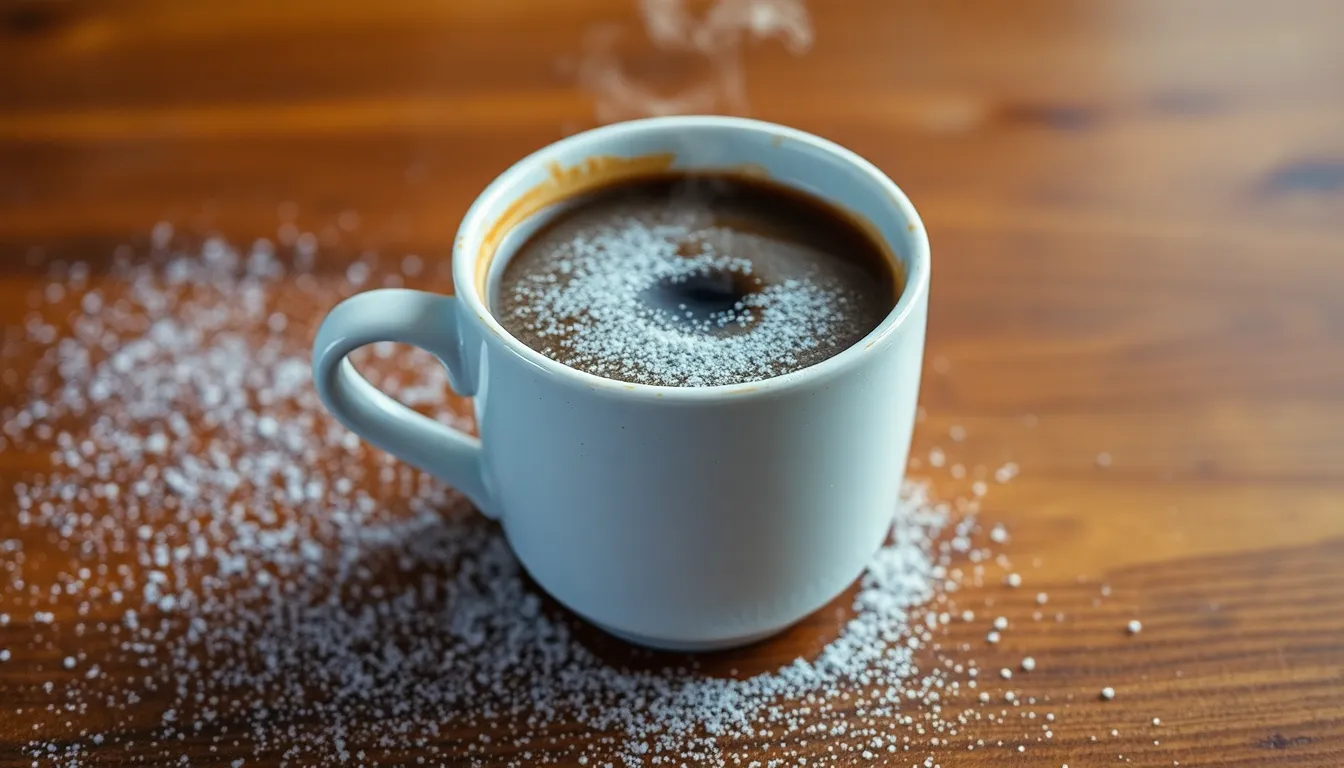
Yes, you can use powdered sugar in coffee. This fine-textured sweetener dissolves faster than granulated sugar, making it a convenient option for quickly sweetening your hot beverage without excessive stirring.
Dissolving Properties of Powdered Sugar in Hot Liquids
Powdered sugar dissolves almost instantly in hot coffee due to its chemical structure. The finely ground particles have more exposed bonding sites, allowing them to break down and integrate into your coffee more rapidly than granulated sugar. This quick dissolution happens because powdered sugar is essentially regular granulated sugar that’s been processed into a fine powder, creating smaller particles with increased surface area. Coffee drinkers who value efficiency appreciate how powdered sugar requires minimal stirring—simply add it to your hot coffee and watch it disappear within seconds.
Powdered sugar’s rapid dissolving property makes it particularly useful in situations where you’re short on time or don’t have a stirrer handy. The sweetness distributes evenly throughout your coffee, creating a smooth drinking experience without the gritty undissolved sugar particles that sometimes settle at the bottom of your cup with granulated sugar.
When comparing dissolution rates, powdered sugar outperforms granulated sugar significantly in hot beverages. The enhanced sweetness perception means you might need less powdered sugar than you would granulated sugar to achieve your desired sweetness level. Add it gradually to avoid making your coffee overly sweet, as the fine texture intensifies the sweetness and flavor interaction with your coffee.
Potential Benefits of Using Powdered Sugar in Coffee
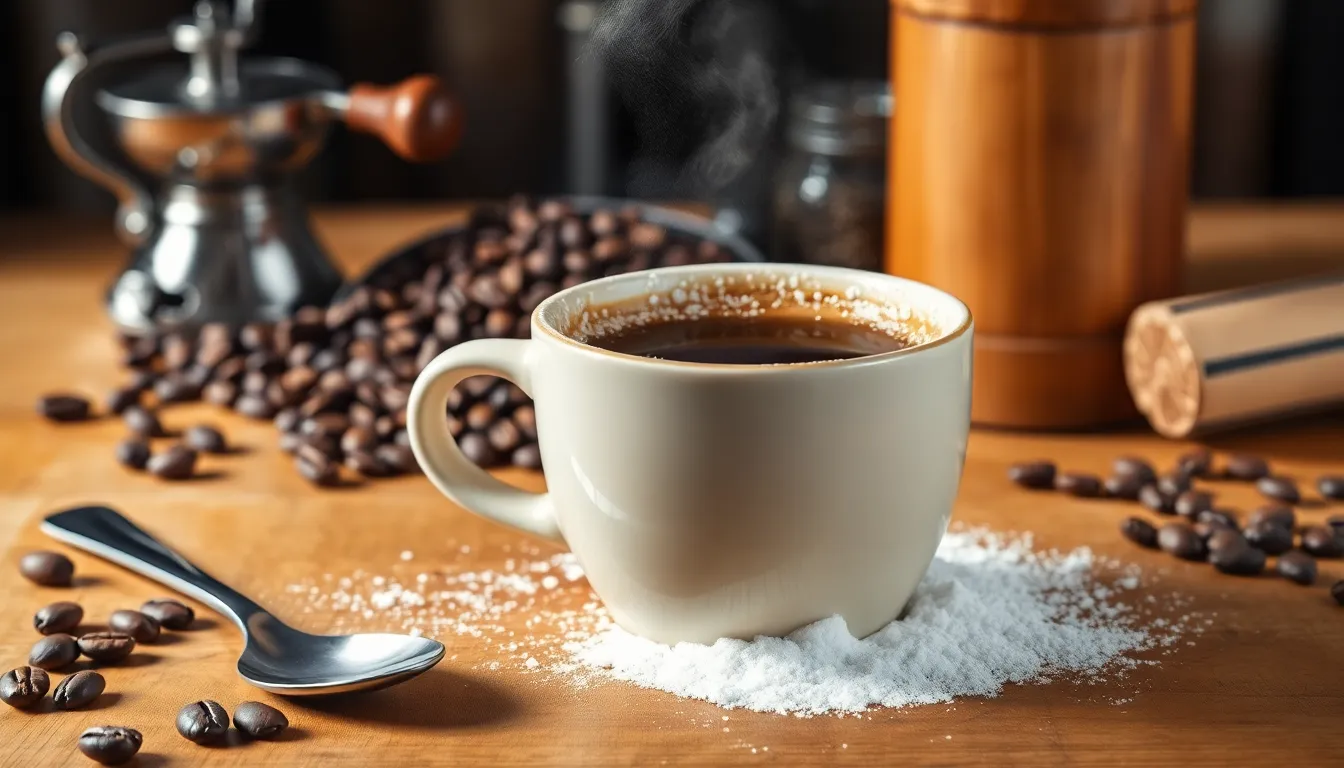
Powdered sugar offers several advantages when used as a sweetener in your coffee. Its unique properties can enhance your coffee experience in ways that granulated sugar cannot, particularly for specialty coffee drinks.
Quick Dissolution Benefits
Powdered sugar dissolves significantly faster in coffee than granulated sugar due to its fine texture. This rapid dissolution ensures your coffee is sweetened quickly and evenly, eliminating the need to wait for sugar granules to melt completely. The finely ground particles have more exposed bonding sites, allowing them to integrate into hot liquids almost instantly. This makes powdered sugar particularly valuable for specialty coffee drinks like lattes and cappuccinos where smooth blending is essential. When you’re in a rush or don’t have a stirrer handy, powdered sugar provides convenient sweetening with minimal effort.
Texture and Mouthfeel Considerations
The smooth consistency of powdered sugar contributes to an improved mouthfeel in your coffee. Unlike granulated sugar, it doesn’t create a grainy texture, instead blending seamlessly for a silkier drinking experience. The anti-caking agents (typically cornstarch) in powdered sugar may slightly alter the taste profile of your coffee, so you might need to adjust quantities to maintain your preferred flavor balance. Some coffee enthusiasts note that excessive use of powdered sugar can compromise the pure taste of specialty coffees. For instance, when used in Ethiopian coffee, powdered sugar dissolved beautifully but slightly muted some of the fruity notes that make this variety distinctive. The precise sweetness control powdered sugar offers helps you avoid leftover gritty sugar particles while achieving your ideal sweetness level.
Potential Drawbacks to Consider
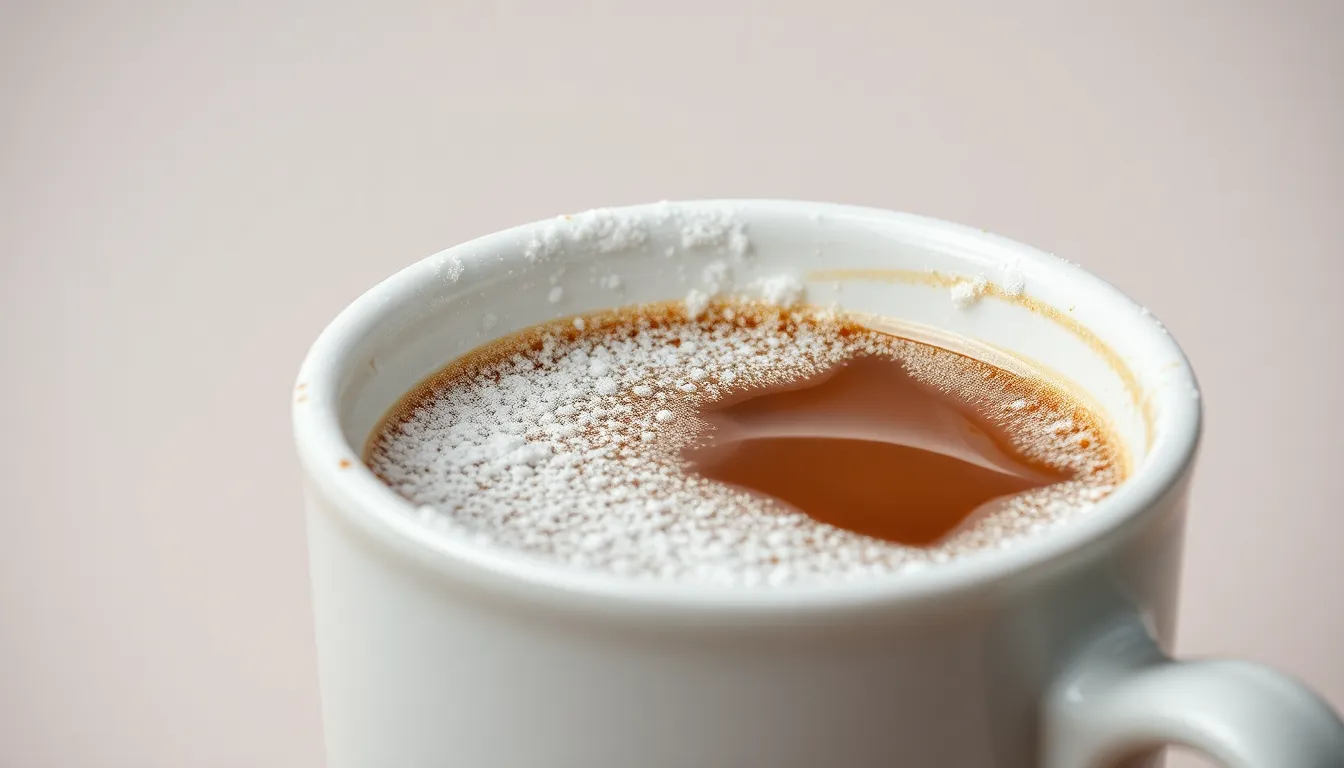
While powdered sugar dissolves quickly in coffee, there are several drawbacks to consider before making it your go-to sweetener. These limitations primarily stem from powdered sugar’s unique composition and how it interacts with hot beverages.
The Cornstarch Factor
Powdered sugar contains a small amount of cornstarch that acts as an anti-caking agent to prevent clumping in the package. This cornstarch often settles on the surface or rim of your coffee cup, creating an unappealing white lining or residue. The thin film detracts from the coffee’s appearance and can leave a starchy aftertaste that masks the natural coffee flavors. Many coffee enthusiasts find this residue particularly problematic when serving specialty coffees where presentation matters.
Clumping Issues to Watch For
Even though containing anti-caking agents, powdered sugar paradoxically tends to clump when added to coffee. The cornstarch can cause inconsistent dissolution, leading to small clumps floating on the surface or settling at the bottom of your cup. These texture inconsistencies compromise the smooth mouthfeel most coffee drinkers prefer. The clumping effect becomes more noticeable in larger quantities, creating an uneven sweetness throughout your drink. For optimal results, sprinkle the powdered sugar gradually rather than adding it all at once to minimize clumping issues.
Best Practices for Using Powdered Sugar in Coffee
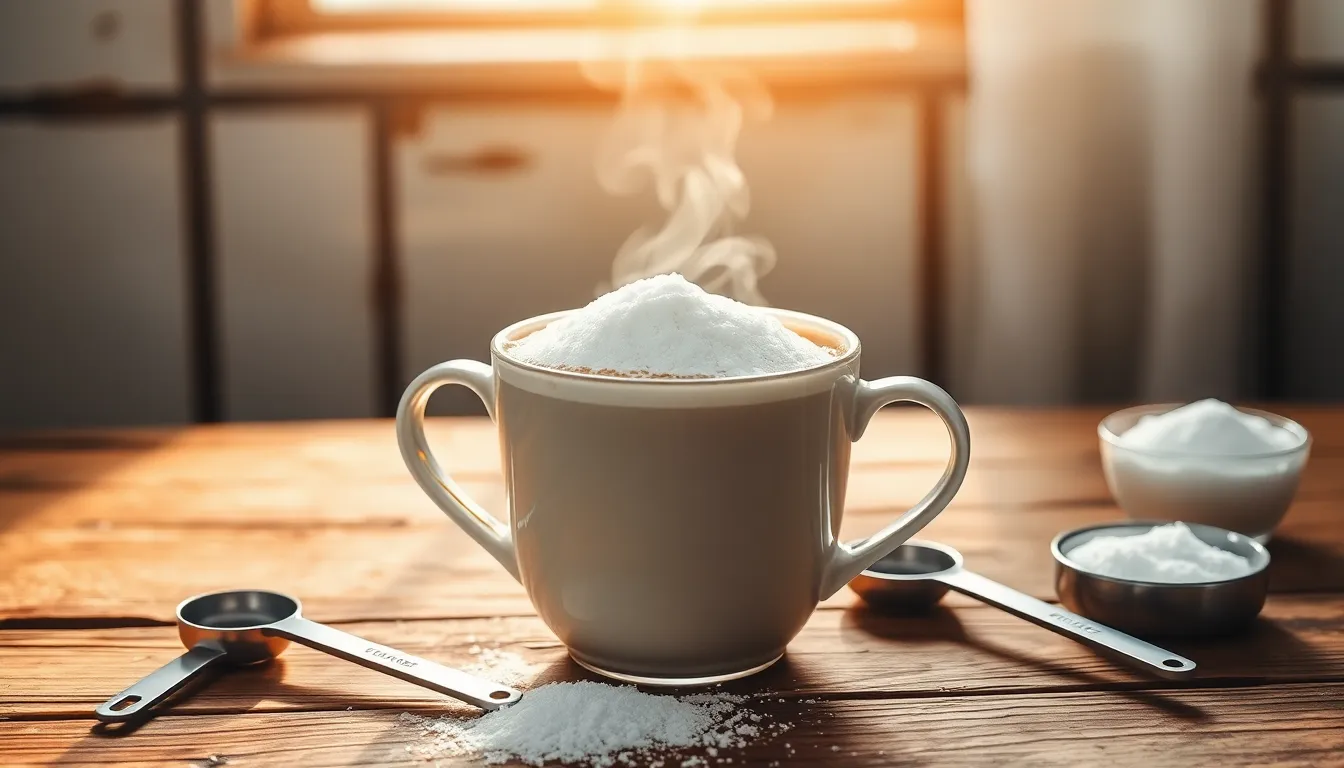
Powdered sugar can be a convenient alternative for sweetening your coffee, dissolving faster than granulated sugar due to its fine texture. Adding this confectioner’s sugar to your morning brew requires some exact techniques to achieve the best results without compromising taste or texture.
Measurement Conversions
Powdered sugar’s fine consistency affects how much you need to use compared to regular granulated sugar. Due to its less dense nature, you’ll typically need about 1½ tablespoons of powdered sugar to match the sweetness of 1 tablespoon of granulated sugar. Start with smaller amounts—try adding just ½ teaspoon at first—then adjust according to your taste preferences. The quick-dissolving properties of powdered sugar make it easy to accidentally over-sweeten your coffee, so incremental additions help maintain control over the final flavor profile. Moderation remains important since excessive sugar consumption contributes to energy crashes and increased diabetes risk.
Mixing Techniques for Best Results
Adding powdered sugar to hot coffee produces the best dissolution results, preventing any gritty residue from forming at the bottom of your cup. Stir thoroughly and immediately after adding the sugar to ensure even distribution throughout your beverage. For iced coffee preparations, powdered sugar presents unique challenges—it tends to clump when added directly to cold liquids. Mix your powdered sugar first in a small amount of hot coffee or water before introducing any ice to prevent clumping issues. The anti-caking agents like cornstarch in powdered sugar can slightly alter your coffee’s texture, particularly when used in large quantities, creating a subtle thickening effect. These mixing strategies help maintain the integrity of your coffee while still achieving the desired sweetness level.
Creative Coffee Recipes Using Powdered Sugar
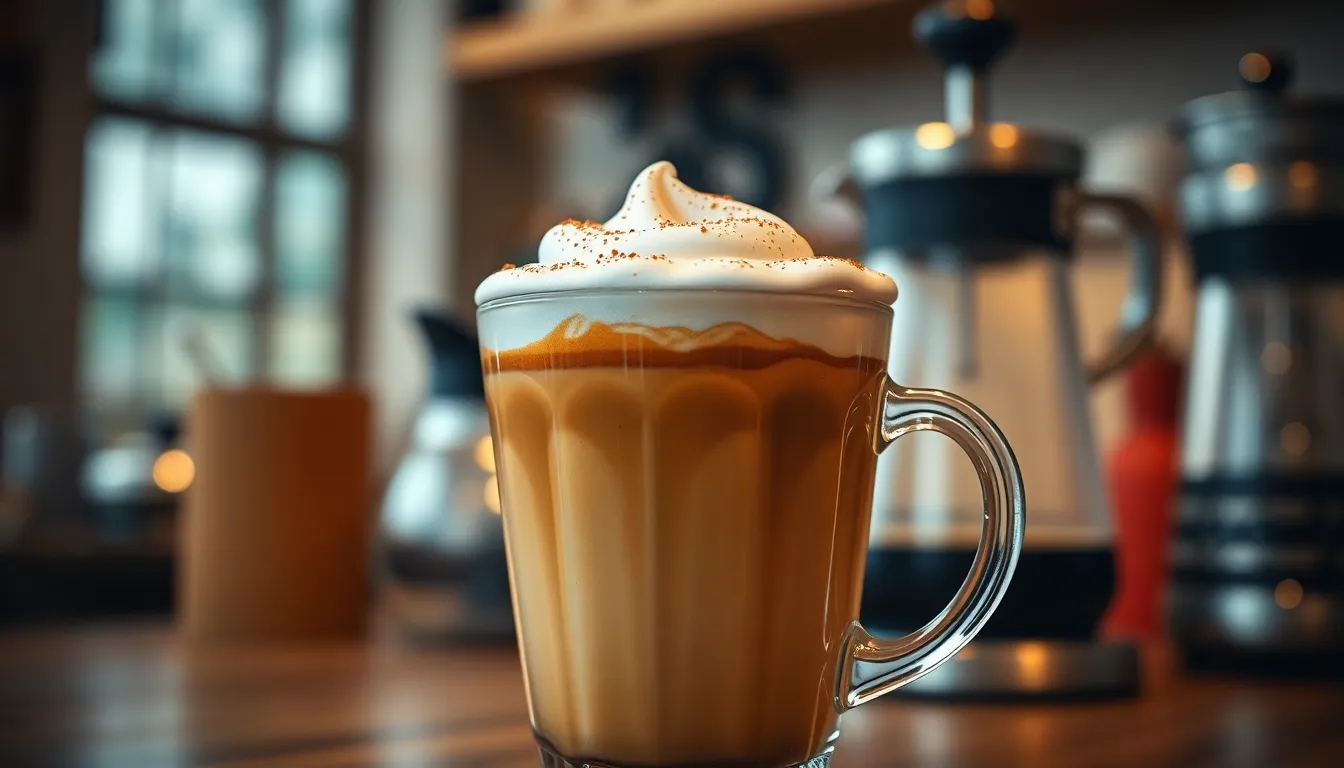
Powdered sugar offers unique properties that make it perfect for specialty coffee creations beyond simply sweetening your brew. These recipes showcase how confectioners’ sugar can elevate your coffee experience through creative applications.
Powdered Sugar Coffee Foam
Coffee foam made with powdered sugar creates a luxurious topping that transforms ordinary coffee into something special. Combine 2 tablespoons of powdered sugar with 1 tablespoon of instant coffee and a small amount of hot water, then whip until light and fluffy. The fine texture of confectioners’ sugar produces a smoother, more stable foam than regular sugar could achieve. This whipped coffee topping sits beautifully atop hot or iced coffee drinks, adding both visual appeal and a sweet coffee-forward flavor profile. Try spooning this airy creation over your morning espresso for a dessert-like experience without the fuss of traditional coffee shop equipment.
Vietnamese-Inspired Iced Coffee Variation
Traditional Vietnamese coffee relies on sweetened condensed milk, but powdered sugar offers a creative twist for this beloved drink. Start with strong cold brew coffee poured over ice, then add a sweet foam layer created by whipping powdered sugar with a touch of heavy cream until soft peaks form. The confectioners’ sugar dissolves completely in the cream, creating a silky texture that floats atop the iced coffee. This variation provides the characteristic sweetness of Vietnamese coffee while introducing a lighter, airier element. The powdered sugar foam creates distinct layers in the glass, allowing you to control how much sweetness integrates into each sip as you drink.
For an authentic touch, brew your coffee using dark roast beans through a traditional phin filter before adding ice and your powdered sugar cream topping. This modern interpretation maintains the spirit of Vietnamese coffee while introducing textural elements only possible with the unique properties of powdered sugar.
Alternatives to Powdered Sugar for Your Coffee
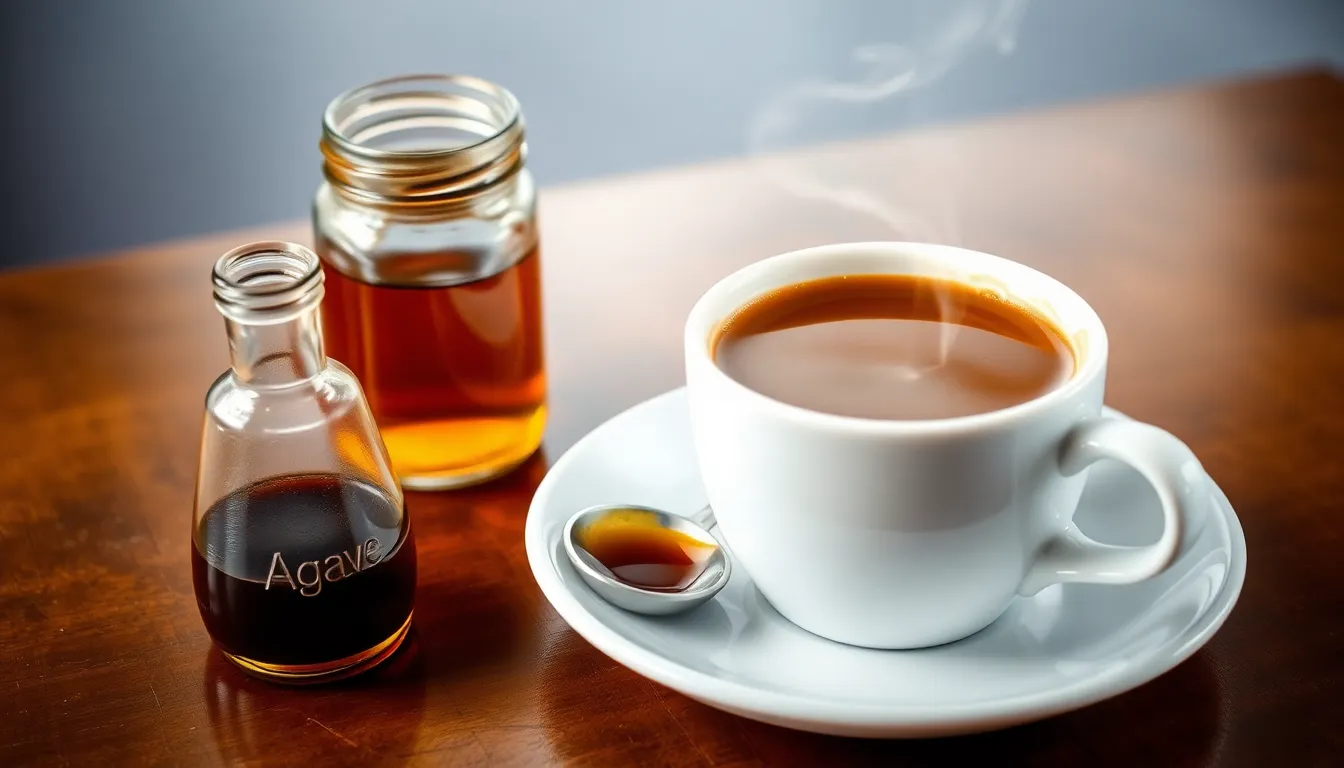
While powdered sugar can be used in coffee, its cornstarch content and tendency to create residue might not deliver the best coffee experience. Fortunately, several alternatives offer better dissolution and flavor enhancement without compromising your brew’s quality.
Simple Syrup and Other Liquid Sweeteners
Simple syrup dissolves perfectly in coffee, eliminating the grainy texture or residue issues that powdered sugar creates. This liquid sweetener, made by dissolving sugar in water, blends seamlessly into both hot and iced coffee varieties. Agave nectar provides another excellent liquid option with its neutral flavor profile that complements rather than competes with your coffee’s natural taste. Maple syrup adds a distinctive woody sweetness that pairs beautifully with darker roasts, creating a comforting flavor combination reminiscent of breakfast. Flavored syrups like vanilla, caramel, or hazelnut offer both sweetness and additional flavor dimensions, transforming an ordinary cup into a coffeehouse-style beverage without the cornstarch issues of powdered sugar.
Natural Sugar Alternatives
Raw honey brings complex floral notes and natural antibacterial properties to your coffee while dissolving completely. Coconut sugar contains minerals like iron, zinc, and potassium while providing a caramel-like flavor that enhances medium roasts without leaving any residue. Stevia offers a zero-calorie option for those monitoring sugar intake, though its potent sweetness means you’ll need just a tiny amount to avoid overpowering your coffee. Monk fruit sweetener delivers sweetness without the calories or glycemic impact, making it ideal for diabetics or those following ketogenic diets. Date sugar, made from ground dried dates, contributes a rich molasses-like flavor plus fiber and nutrients not found in processed sugars, though it doesn’t dissolve as completely as liquid alternatives.
Conclusion
Yes you can use powdered sugar in coffee but it comes with both benefits and drawbacks. Its quick dissolution makes it convenient for busy mornings and specialty drinks creating a silkier mouthfeel without excessive stirring. But the cornstarch content may leave a filmy residue and slightly alter your coffee’s flavor profile.
For the best experience add powdered sugar gradually to hot coffee and consider using less than you would granulated sugar. If you’re a coffee purist exploring alternatives like simple syrup honey or natural sweeteners might better preserve your brew’s authentic flavors.
Whether powdered sugar belongs in your morning cup eventually depends on your personal preferences and priorities – convenience might outweigh taste considerations for some while coffee connoisseurs may prefer other sweetening methods.
Frequently Asked Questions
Can I use powdered sugar in my coffee?
Yes, you can use powdered sugar in coffee. It dissolves more quickly than granulated sugar due to its fine texture, making it convenient when you’re short on time or don’t have a stirrer. However, be aware that powdered sugar contains about 3% cornstarch, which may slightly alter the taste and leave a thin film on your coffee’s surface.
How does powdered sugar affect coffee taste?
Powdered sugar can mute some of the more subtle flavor notes in coffee, particularly in specialty or single-origin brews. The cornstarch component may introduce a subtle starchy taste and create a slight film on your palate. For everyday coffee, this difference might be negligible, but coffee connoisseurs might notice the impact on complex flavor profiles.
Is powdered sugar sweeter than regular sugar?
Powdered sugar isn’t inherently sweeter than granulated sugar, but you may need less of it to achieve the same sweetness level because it dissolves more rapidly and distributes evenly throughout the coffee. Start with about half the amount you’d normally use with granulated sugar and adjust to taste to avoid overpowering your coffee.
Does powdered sugar dissolve better in coffee?
Yes, powdered sugar dissolves significantly better and faster in hot coffee than granulated sugar. Its fine particles have more exposed bonding sites, allowing for almost instant integration into your coffee. This rapid dissolution ensures even sweetness distribution without the gritty undissolved particles you might experience with granulated sugar.
What are the drawbacks of using powdered sugar in coffee?
The main drawbacks include a possible white residue on the coffee’s surface from cornstarch, a potential starchy aftertaste, and occasional clumping when added too quickly. These issues can detract from the appearance of your coffee and may mask some of its natural flavors, especially in high-quality or specialty coffees.
How should I add powdered sugar to coffee?
Add powdered sugar gradually by sprinkling it over hot coffee while stirring. This prevents clumping and ensures even distribution. For best results, use about half the amount you’d use with granulated sugar initially, then adjust to taste. Avoid adding it directly to iced coffee as cold temperatures can cause immediate clumping.
What alternatives to powdered sugar work well in coffee?
Simple syrup is an excellent alternative that dissolves perfectly without residue. Other good options include raw honey, coconut sugar, stevia, monk fruit sweetener, and date sugar. These alternatives offer unique flavors and benefits while avoiding the cornstarch issues of powdered sugar, ensuring a clean coffee experience.
Can powdered sugar be used in specialty coffee drinks?
Powdered sugar works particularly well in specialty drinks like lattes and cappuccinos where smooth blending is essential. It’s excellent for creating coffee foams and sweet toppings due to its fine texture. For Vietnamese-style iced coffee variations, powdered sugar can create a sweet foam layer that adds visual appeal and textural contrast.

